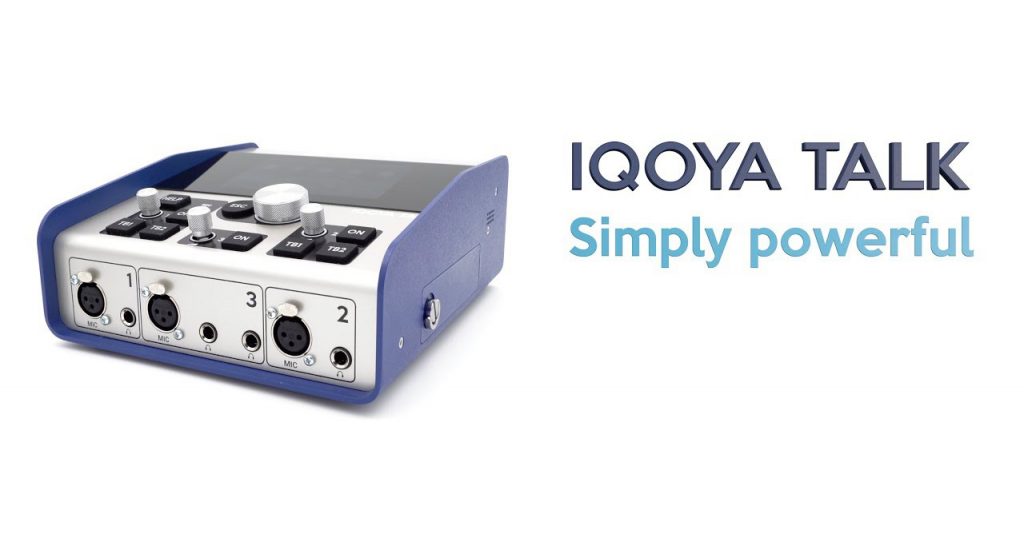
An Audio-over-IP sports retrospective with Digigram
AN AUDIO OVER IP SPORTS RETROSPECTIVE WITH DIGIGRAM
Remote broadcasting – Audio-over-IP
In times of pandemic when everything is turned upside down, there are a few landmarks we hold onto to keep the world go round. Sports, among others, help many of us keep some sense of normalcy: as sports calendars unroll with their lots of competitions and games, we find ourselves remotely experiencing the same adrenaline, excitement and even awe when following our favorite athlete or team. Let’s review these moments when we had shivers, felt sheer joy – or even disappointment – and dodged the setbacks of being confined (and well, Digigram products helped a little, too).
Not all sports events are easily accessible to their fans: high stakes games, finals, remote venues – more than often, sports amateurs stay home, sit back and relax while watching their favorite game on TV, or listening to a radio broadcast (that one especially when you are on the move!). The excitement in the reporter’s voice delivering the commentary, the contributing guests sharing feedback about the game or performance, interviews on-the-go – all this is part of the entertainment.
IQOYA TALK AND THE TENNIS FANS
If you are fond of the incomparable, muffled-yet-tense atmosphere of tennis courts, read on: picture Roland Garros’s Central Court and the excitement of a Men’s semi-final game. Paris is bursting with spring, hot air and the arena is packed for the French Open. The silence that can burst into a victory cry in an eye-blink. Up there, in the journalists’ cabins overlooking the whole venue, commentaries are shushed to keep quiet and revert the actual atmosphere. And right on their desk, radio reporters are testing IQOYA Talk operating with 4G connection to deliver the most accurate, live message with no risk of losing the signal.
Forget the tech, all they have to do is focus on their core job of reporters for their respective radio stations.
Forget the media, all you have to do is jump out your seat when your favorite player wins the game.

IQOYA TALK, IQOYA CONNECT AND THE INDOORS EXCITEMENT
Complete change of scenery – Picture indoor Olympic swimming pools in beautiful Budapest, we are attending the LEN Water Polo European Championships. The jaw-dropping architectural gem Duna Aréna hosts the event and the Hungarians, all-time favorites and world top power teams, are under much pressure to make this game a success story (spoiler: Men won the gold medal and Women the bronze medal. But read on!). Throughout the tournament, Digigram IQOYA Talk will have proved their reliability, extreme user-friendliness and sturdiness in a wet environment while working long shifts to cover the event (extra batteries keep the reporters on the safe side). Broadcasts, thanks to IQOYA Connect and a SIP infrastructure, were successfully directed to radio stations in Russia, Malta, Croatia, Montenegro and Italy.

DIGIGRAM AND EQUESTRIAN FLAIR
Again, let’s move back outdoors and get acquainted to another high stake, sports event: the Jumping International de Valence: 270 top horse riders from over 20 countries, 700 incredible horses, 30 000 visitors, abundant sun and dust gathered in the outskirts of Valence, France, through a week of equestrian competition. The show also counts media coverage and radio talk shows hosted by France Bleu Drôme, the regional outpost of French Public Radio, Radio France. Sitting with a journalist, guests and contributors were able to live share their passion and reactions from a single IQOYA Talk set outdoors (sunglasses welcome). Operating thanks to a LAN connection, IQOYA Connect and a third party codec, IQOYA Talk proved once more its stunning versatility and user friendly character.
(extra batteries keep the reporters on the safe side). Broadcasts, thanks to IQOYA Connect and a SIP infrastructure, were successfully directed to radio stations in Russia, Malta, Croatia, Montenegro and Italy.

Whatever the sport, game, venue, circumstances, technical environment: Digigram supports the broadcast and media industry in tailoring the most efficient, reliable, cost-effective and stress-free solutions. From interviews on the go, operated with a simple Q-Mic and a smartphone, to large infrastructures and OB vans packed with SERV/LINK or X/LINK, our solutions scale up to accommodate the largest, world-class live events – or your routine sound recordings.
A year in sports with Digigram is undoubtedly a rollercoaster of emotions. Mostly, our pledge is to offer reporters and journalists ridiculously simple tech that enables them to focus on what they do best: cover a sports event with its share of excitement and emotion.
At the other end of the chain, we listen as the game or event unfolds, not losing a single minute. Yes, sports help to keep most of us afloat and it does hit home – that place we got acquainted to like never before.














